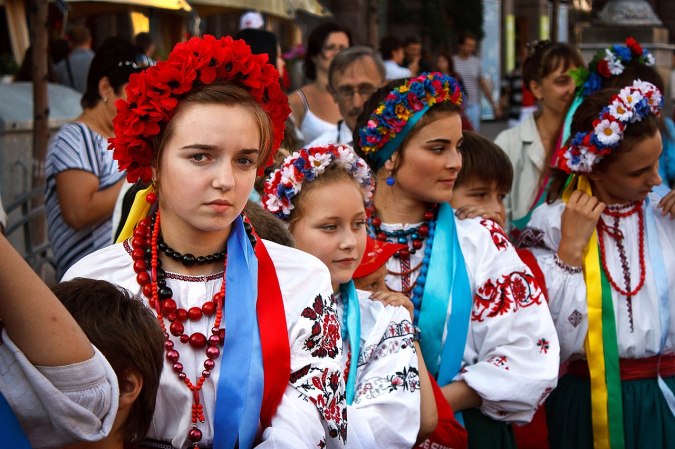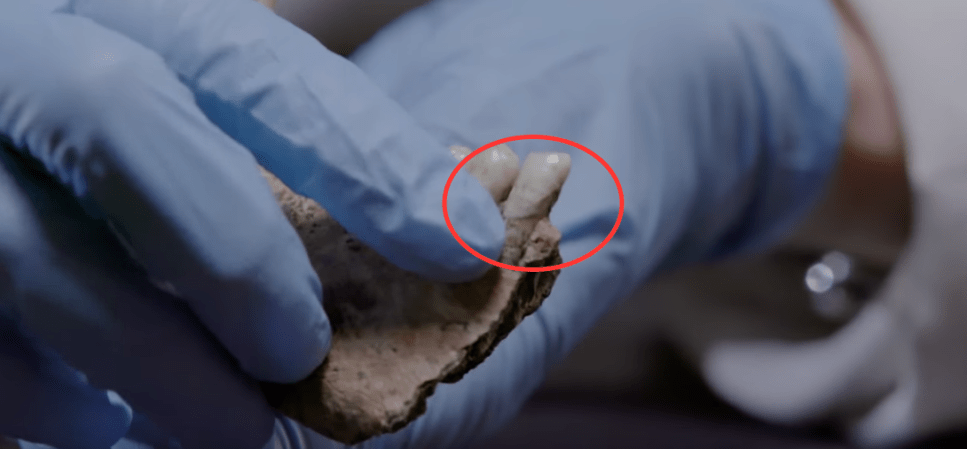/pp.go90mob{display: none;}br /@media only screen and (min-device-width:32px) and (max-device-width: 559px) {br /.go90video{display: none;}br /.go90mob{display: block;}br /}br /
If you’ve ever been to Buckingham Palace, you’ve probably noticed the armed guards wearing the bearskin caps standing sentry. These aren’t your average security guards roaming through shopping malls. They are Queen’s Guards and are fully-trained operational soldiers — and most have been deployed to combat zones.
The guards are hand picked from five different infantry regiments and identified by the various details of their uniform such as button spacing, color badges, and the plumes in the bearskin caps.

Since 1660, the guards have been responsible for protecting the British royal residents of St. James and Buckingham Palace.
Every morning at 11:30 during the summer and every other day during the winter, the changing of the guard commences in the forecourt of Buckingham.
During an hour long ceremony, the detachments slowly pass over the guard responsibilities to the incoming troops marching in from their barracks. While on duty, the guards may not eat, sleep, smoke, stand easy, sit or lay down during their shift.
Today, most sentry posts have been moved away from the public to avoid confrontation with curious tourists — the guards carry rifles with live ammunition.










